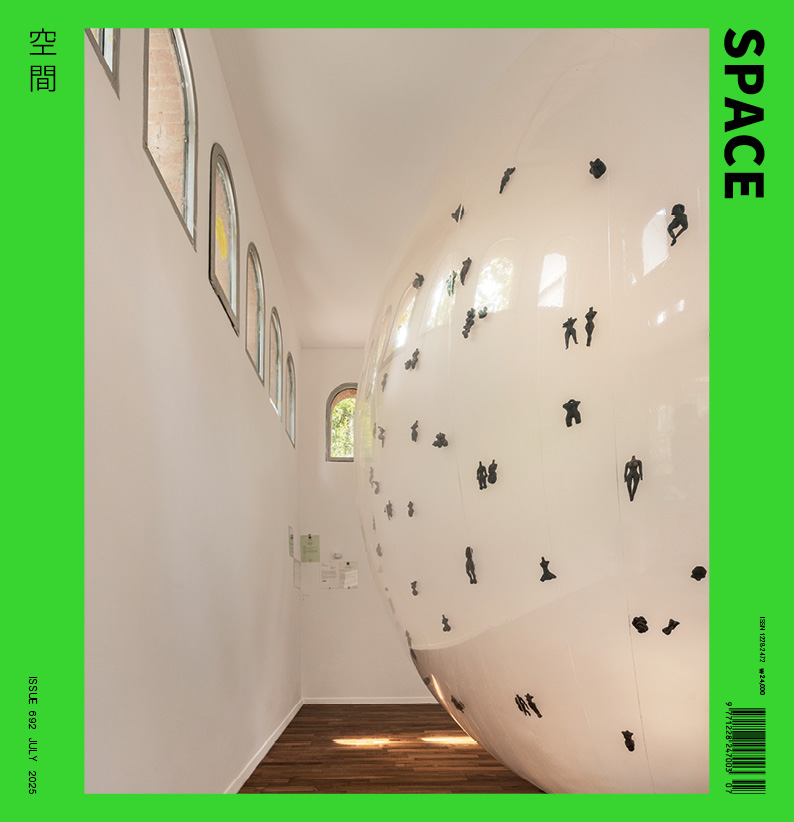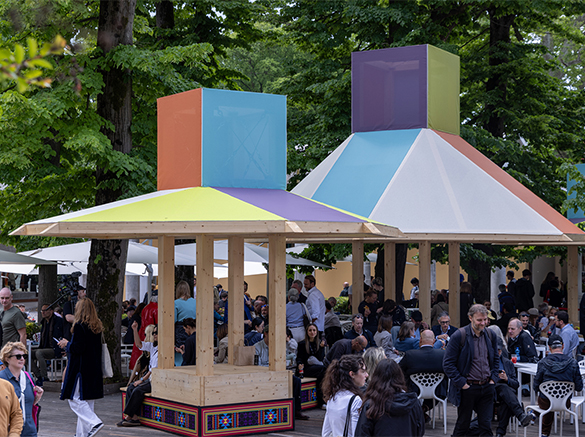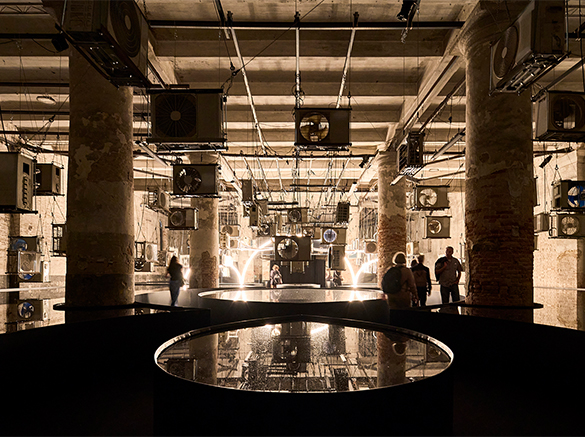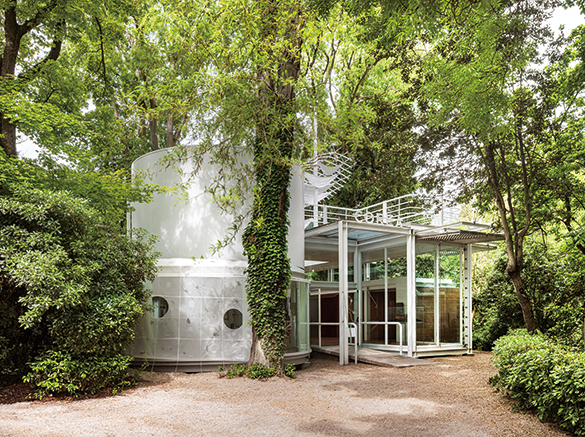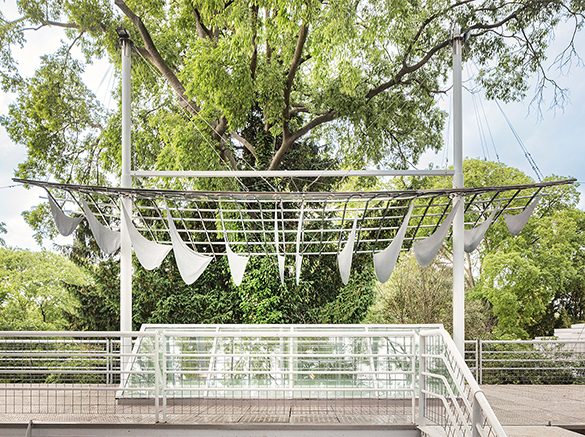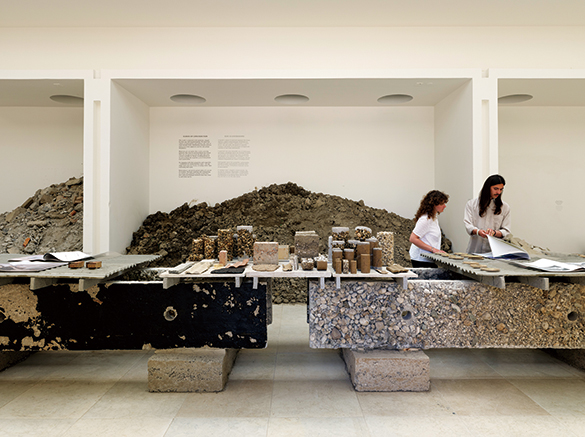SPACE July 2025 (No. 692)
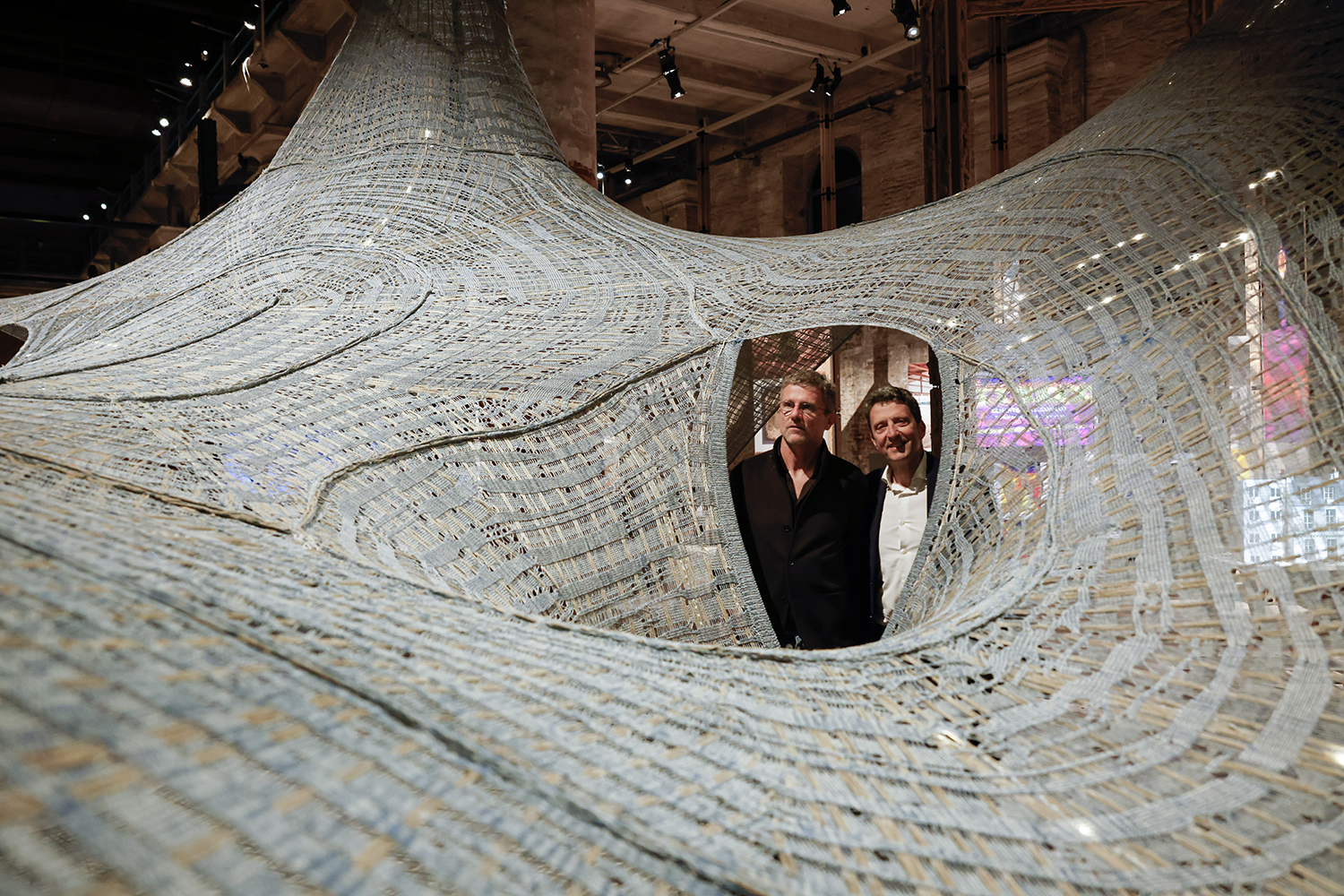
©Jacopo Salvi
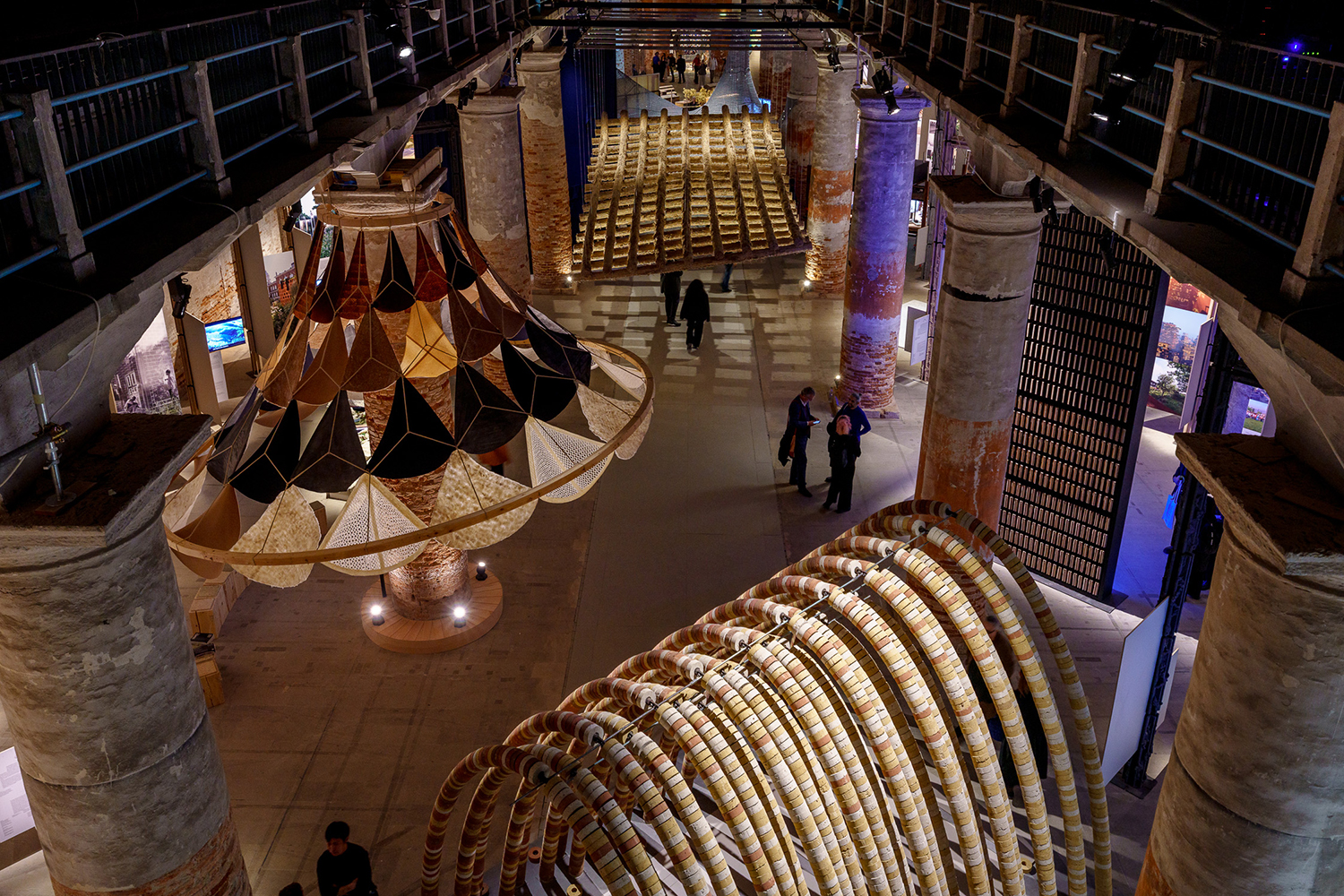
©Andrea Avezzù
‘Intelligens. Natural. Artificial. Collective.’: 2025 Venice Biennale | Main Exhibition
What are your thoughts on the themes or curation by Carlo Ratti?
Tosin Oshinowo principal, Osinowo Studio
Carlo Ratti’s curation feels refreshingly inclusive in its understanding of innovation. As someone with a background in technology, it’s striking how he widens his lens beyond high-tech solutions. His framing of ‘Intelligens. Natural. Artificial. Collective.’ opens up a space for both ancient knowledge systems and people-powered initiatives. This multiplicity of responses to the climate crisis offers a rare sense of optimism. Rather than being confined to the usual technological fixes, Ratti’s approach acknowledges the interconnectedness of ecological, technological, and communal forces. It’s a hopeful and necessary perspective at a time in which the challenges can feel insurmountable.
Liene Jakobsone curator, Latvian Pavilion
When Ratti was announced as a curator, I assumed that the exhibition would focus on new technologies. This was partly the case, but I was happy to discover that a lot of the work included in the exhibition dealt with low-tech, vernacular solutions that were adapted to our contemporary conditions. I know that artificial intelligence is currently a hot topic, one which warrants critique, but it was nice to see how other, natural, forms of intelligence were also included—not only human, but also the nonhuman such as plants and nature in general.
James Taylor-Foster ‘19th Venice Architecture Biennale, “Intelligens. Natural. Artificial. Collective.”’, e-flux Criticism, 23 May 2025
‘When a curatorial method begins to wane, exhibition architecture can clarify the underlying narrative. The scenography that holds the ‘data’ of the show is a system of profiles that redresses the salty, crumbling brickwork of the Arsenale with sleek and subtle column-like interventions, featuring knobbly growths. In an interview for the New York Times, Niklas Bildstein Zaar of sub (short for ‘subliminal operations’), the architects of ‘Intelligens.’ describes it all as a ‘big fractal organism’. Although this creature is complicit in the great overwhelm, it does serve to ameliorate the near-debilitating demands that the curatorial framework compels. This subliminal system does what it has been designed to do.’
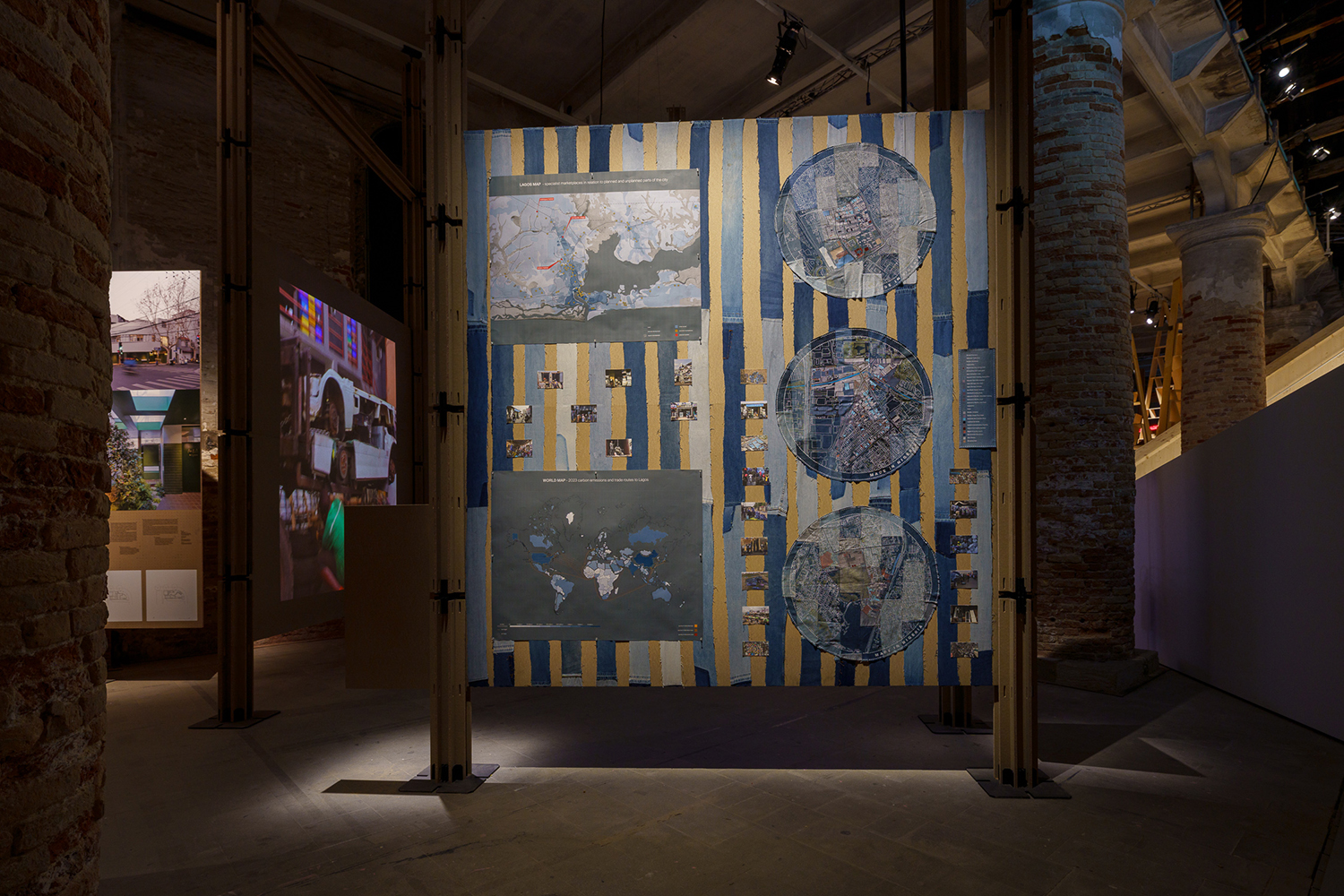
©Andrea Avezzù
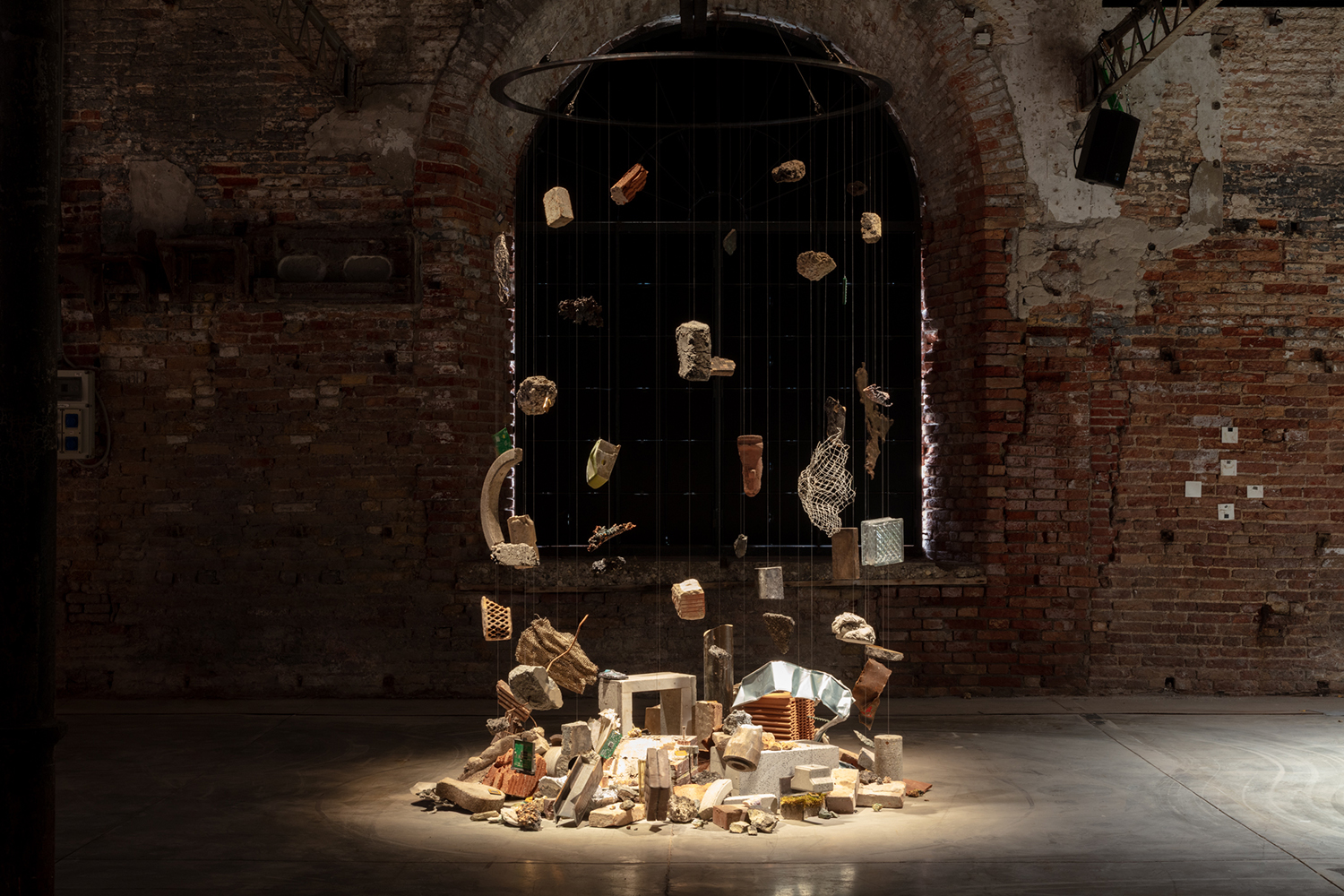
©Luca Capuano
Which piece did you find most interesting in the main exhibition?
Lee Chihoon partner, SoA
Tosin Oshinowo, Alternative Urbanism: The Self-Organized Markets of Lagos
Oshinowo highlights the vitality of the informal city through the self-regenerating structures of markets in Lagos, Nigeria. Focusing on three markets that circulate and remanufacture secondhand parts, clothing, and electronic devices, the work reveals how collective intelligence and sustainable ecosystems can thrive outside of formal systems. It offers a critique of centralized urban planning by presenting a meaningful proposal for what a decentralised, resilient urban model can be and do.
Owen Hopkins co-curator, British Pavilion
Bilge Kobas and others, Terms and Conditions
As has been noted in almost every review of the biennale, the main exhibition was far too densely packed with projects and very difficult to navigate. Perhaps for this reason, for me, the most arresting project was the first one we encounter: Terms and Conditions. The installation transformed the space into a dense forest of air conditioners, reflected in mirrors and a vast pool of what looks like oil. But instead of cooling the room, they were pumping the waste air into the room. It was a powerful, sensorially rich allegory of how build is negatively affecting the world.
Lee Agos Donguk director, IVAAIU City
Martina Dietrich and others, Re-Forming Materials
It reflects the generational context of the Anthropocene. It offers a timely opportunity to reconsider the cyclical possibilities of architectural materials and waste at a moment when human activity is leaving its mark, even on geological layers. In particular, the process through which discarded materials are reborn through new material combinations and narratives reveals that architecture is not merely about constructing space, but about re-mediating our relationship with the Earth’s environment. By reviving the memory of materials and prompting reflection on human-centred development, the work articulates the ethical responsibility and creative response demanded of architects living in the age of the Anthropocene.
